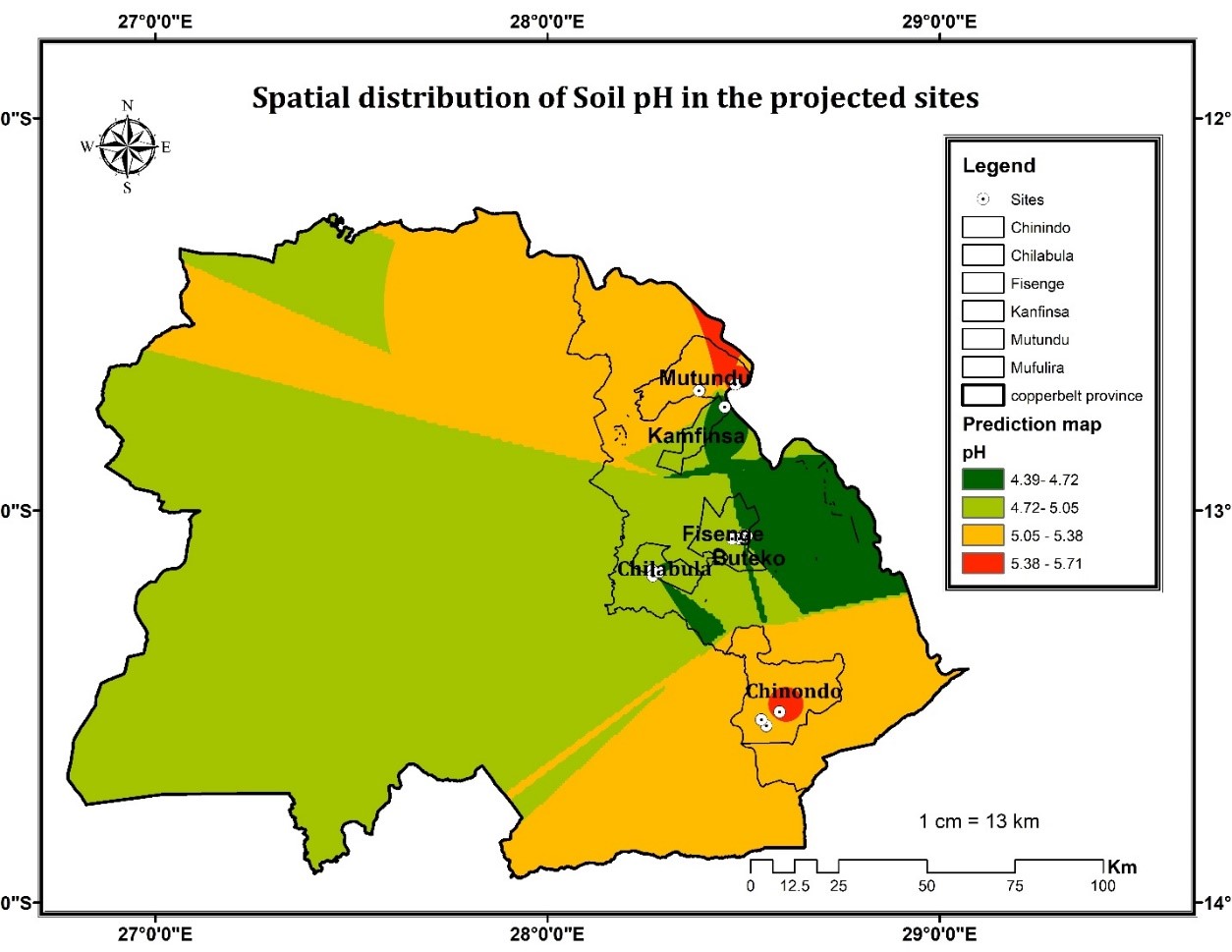Building Capacity of Children and Women Headed-households
Between February 2018 and October 2019 SPIDER funded a project called “Children and women headed households in self-help program” that addressed the lack of entrepreneurship and livelihood skills faced by female and children headed households. The project is implemented by Ndola Nutrition Organisation (NNO) in Luanshya, Masaiti and Ndola districts of Copperbelt Province of Zambia. The province has ten districts and an estimated population of 2.5 million people as of 2018.
SPIDER chose to fund this project because agriculture which is the mainstay of the rural economy in Zambia is characterised with low productivity. Female and children headed households were the target groups because they have limited options for food and nutrition security.
Result follow up on Children and woman headed households in self-help programme
SPIDER research was carried out by Copperbelt University to study the challenges faced by children and female headed households and how the project would impact their lives through capacity building, increasing agricultural productivity, and addressing some of their needs such as developing livelihood strategies for sustainable food-based nutrition regimes. The project tackled some of the challenges through use of ICTs hence research also evaluated how ICTs were used especially for purposes of capacity building. Data was collected between March and June 2019. It was collected by means of focus group discussions; review of ICT curriculum and methods of outreach; and soil sampling with 5 samples taken per hectare from different locations in the province. food production at household level. The productive age group is the most infected by the epidemic and this has repressive effect on labour. Data was drawn from some of the households targeted by NNO. The targeted households were 472, 500, and 350 for Luanshya, Masaiti and Ndola districts respectively.
Number of house-holds that data was collected from
Lushanya district
Masaiti district
Ndola district
Findings
More than 60% of the randomly selected households were found to be women and children headed. Most women household heads were widows. Others were single mothers or deserted by their husbands. Some of the children heading households were as young as 17 years old.
The findings show that the production of staple food and other crops has been fluctuating leading to increased vulnerability to food insecurity. Research highlighted HIV/AIDS epidemic as a major factor affecting food production at household level. The productive age group is the most infected by the epidemic and this has repressive effect on labour. Food production is also affected by limited markets for the produce, use of inappropriate technologies, especially for female-headed households. These households register high post-harvest losses because of poor preservation, processing and storage practices. The research also highlights land use related challenges.

Results from the soil samples show that with good soil management practices, the soil can be improved and maintained for good crop production and production of different crops. Presently, majority of farmers are not implementing good soil management practices, and this affects crop production.
The image shows spatial interpolation of soil pH in the region. Most of the soils are strongly acidic with a pH <5.5, and others are moderately acidic. pH levels affect the availability of soil nutrients as well as growth response of different crops.
Farmers need this information to know which crops to grow and in which areas to grow them. Farmers also need information on weather and climate changes to predict the best time for planting crops.
For example, in 2017 farmers in the studied areas planted their crops ahead of the rains due to limited access to weather information and later experienced a drought. This caused poor harvests.
Interventions
Some of the farmers were encouraged and educated on how to grow legumes, fruits and vegetables but the production levels are still low. Animal production and fish cropping for consumption was not viewed as a contributing factor to household food security. These mind sets have started to change as people acquire new farming knowledge and skills. For example, the project supported chicken rearing by giving free chickens to farmers. It also supported soybean growing by giving free seedlings and providing readily available market for the produce. Farmers can now have an income from selling soy beans, chicken, eggs but also use soy beans as an ingredient for chicken feeds.
The project also built capacity through ICT training. Videos were created to educate farmers on different topics including chicken production; chicken management; demarcations of poultry houses; disease and pest management; management of eggs; making feeds; and feed equipment. These videos emphasize use of local materials both in the feed making and chicken management processes. The research shows that these videos have been very effective in educating farmers. The videos can be accessed on mobile phones as well as TV and they are mostly distributed through community mobilizers because not all farmers have mobile phones.
Conclusions
Findings point at lack of capacity and information for farmers as major factors affecting food production in the surveyed districts of Copperbelt province. Capacity can be improved by protecting the productive age groups from health epidemics and training farmers on how to apply sustainable farming practices and living alternative livelihoods. Training through use of ICT was found to be effective. The research also shows that community mobilizers have sound knowledge of the problems being experienced by farmers and therefore they are a good resource when it comes to informing and training farmers. Research also strongly recommends routine soil tests and good soil management practices such as crop rotation, applying organic manures and fertilizers to improve soil quality and increase productivity.
